It's Too Much!!
You finally decided to get started writing that family history you’ve been talking about for years. You have put all the photographs and old letters in boxes in your home office. You remember your grandparents and think that would be a good place to start your family history. But which set of grandparents do you write about first? Do you know both sets of grandparents equally well? Shouldn’t this be a chronological book with the oldest people first? But your grandparents all had parents: now you are talking about possibly twelve people to write about before you even introduce your parents, and how many of those ancestors do you really know anything about? Oh my goodness, and some of those couples may have had divorces or death and remarriage in their lives! It’s just too much! What do I do?
OK, let’s limit the scope of this family history by starting with your own parent’s wedding. And you have photos and maybe even their Wedding Book with lots of details. Or would it be better to start writing this book with your parent’s courtship? Then you can add some background about how each of them came to the location where they met: for work, for school, or even to the same elementary school classroom! But how do you include that background information without interrupting the story of your family’s beginning? If you include all the detail that you have, it will be years before this family history is published.
The description above is actually a description of my dilemma when I started to write my own family history some years ago. So how did I resolve my own dilemma? I actually made two decisions that followed recommendations from other personal historians and from my own experience managing writing projects throughout my career. First, I decided to limit the scope of the project. I would create two separate books. The first to be written was a tribute book for my recently deceased mother, and then, when that project was finished, a tribute book for my long-time deceased father. These books are compatible in style and design and each include sections on the subject’s maternal and paternal families. These can be published together, and placed together in a slipcase, if I choose that route.
The second decision I made regarding my mother’s tribute book was to focus on the many roles she played throughout her life, as opposed to following a strict chronological approach. Obviously, her role as a child and student are the earliest chapters. Her roles as wife and then mother will be chronologically early in her adult life. What became strategically important to me as I worked on her book was the early outline I created. This outline enabled me to place events and people in the correct chapter outline as I researched the material and before the writing actually took place.
There was a lot of material available to me for research; in addition to family photos, my mother left written material about her family history, a few letters written to her from friends during specific events of her life, some personal writing in a “Grandma Tells Her Stories” book, and letters written to me. I was able to make notes in the outline that briefly described the content of that chapter or section. There are interviews with people who knew her in her roles as a nurse and community leader that provide insight into her character that would not occur to me. All of this material is placed into the outline before the writing begins.
So, if you are overwhelmed with your project before you even start, use these two strategies: limit the scope and create an outline. Then you can begin to research and write your chapters one at a time. Even if you decide at this point that it is all “still too much” and you decide to hire me, or another personal historian, you will have specific ideas that will guide me as I create your family history. Let’s get started now.
